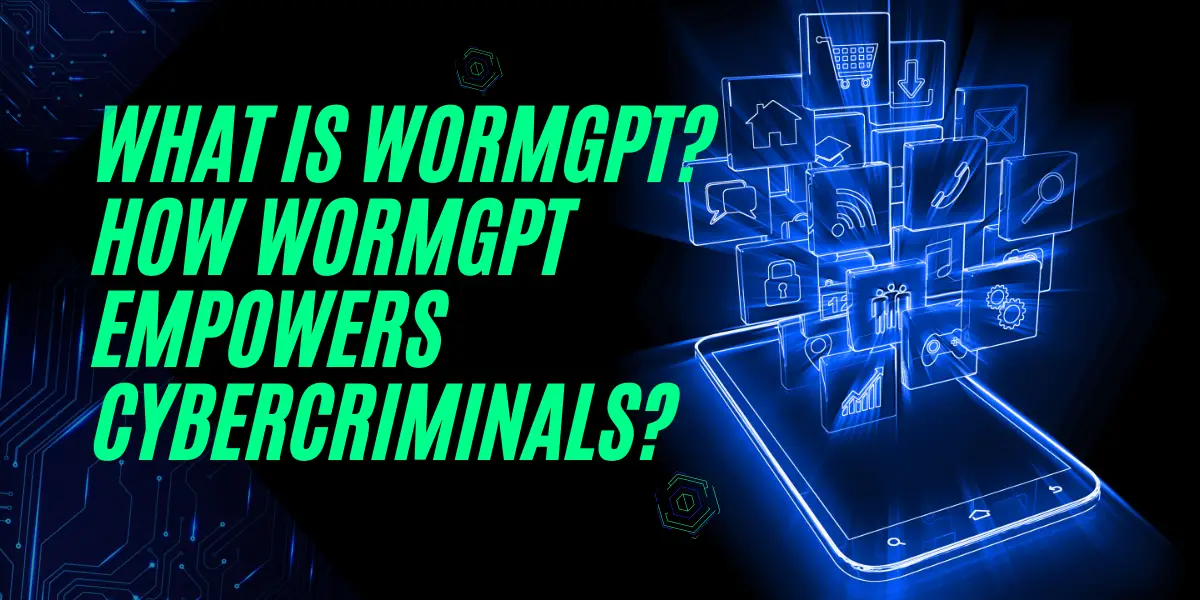What is WormGPT? How WormGPT Empowers Cybercriminals?
In the rapidly evolving world of artificial intelligence (AI), a new tool has emerged that is revolutionizing the way cybercriminals operate. This tool, known as WormGPT, is a generative AI model that is being exploited for malicious activities, particularly in the realm of Business Email Compromise (BEC) attacks.
Table of Contents
What is WormGPT?
WormGPT is a black-hat alternative to GPT models, designed specifically for malicious activities. It is an AI module based on the GPT-J language model, boasting a range of features, including unlimited character support, chat memory retention, and code formatting capabilities. WormGPT was allegedly trained on a diverse array of data sources, particularly concentrating on malware-related data.
Read More About:5 Best Undress AI Alternatives 2023

How WormGPT Empowers Cybercriminals?
The progression of AI technologies has introduced a new vector for BEC attacks. Cybercriminals can use WormGPT to automate the creation of highly convincing fake emails, personalized to the recipient, thus increasing the chances of success for the attack. Even attackers lacking fluency in a particular language are now more capable than ever of fabricating persuasive emails for phishing or BEC attacks.
Read More About:How to Turn off Censorship on Character AI?
What’s The Danger of WormGPT?
The results of tests focusing on BEC attacks to assess the potential dangers associated with WormGPT have been unsettling. WormGPT produced an email that was not only remarkably persuasive but also strategically cunning, showcasing its potential for sophisticated phishing and BEC attacks. This experiment underscores the significant threat posed by generative AI technologies like WormGPT, even in the hands of novice cybercriminals.
Why is WormGPT Used for BEC Attacks?
Generative AI can create emails with impeccable grammar, making them seem legitimate and reducing the likelihood of being flagged as suspicious. The use of generative AI democratizes the execution of sophisticated BEC attacks. Even attackers with limited skills can use this technology, making it an accessible tool for a broader spectrum of cybercriminals.
How can We Prevent AI-Driven BEC Attacks?
As AI tools continue to proliferate, new attack vectors will emerge, making strong prevention measures essential. Companies should develop extensive, regularly updated training programs aimed at countering BEC attacks, especially those enhanced by AI. Organizations should enforce stringent email verification processes, including implementing systems that automatically alert when emails originating outside the organization impersonate internal executives or vendors.
Read More About:ChatGPT vs GitHub Copilot, Who is Better?
Conclusion
The emergence of WormGPT underscores the significant risk posed by generative AI technologies. While AI continues to bring numerous benefits, it also introduces new challenges and threats. As such, it is crucial for organizations to stay updated on the latest developments and implement robust security measures to protect against these evolving threats.

